✍ Introduction to AI Startup Idea
The AI industry is exploding. Every day, new tools launch, and competition grows fiercer. But here’s the secret: most AI startup idea fail because they build first and validate later. They spend months coding a product no one wants.
But what if you could test your AI startup idea without writing a single line of code? Thanks to no-code tools like Tempo Labs and Replit AI, even non-technical founders can build MVPs (Minimum Viable Products) in days—not months.
This is where Vibe Coding comes in.
Vibe Coding is a creative, fast-paced approach to building products. It combines no-code platforms, AI assistants, and visual builders to help you turn ideas into testable prototypes intuitively. No coding degree? No problem.
In this guide, you’ll learn:
- How to validate your AI startup idea fast (even if you’re a beginner)
- What Vibe Coding is and why it’s a game-changer
- Step-by-step instructions for using tools like Tempo Labs and Replit AI
- Real-world examples and actionable tips
By the end, you’ll know how to launch your MVP, collect feedback, and decide if your AI startup idea is worth pursuing—all without hiring developers.
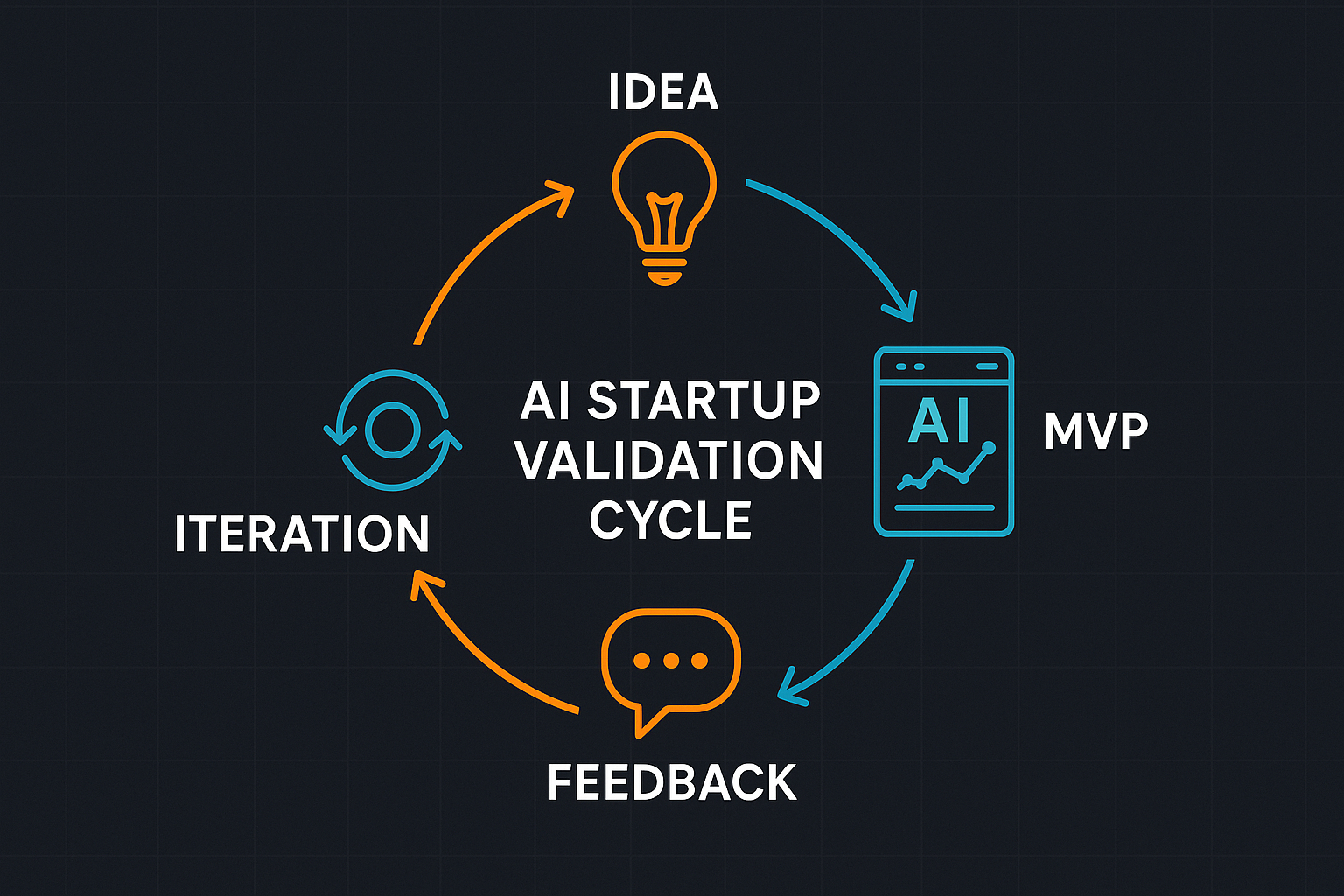
Fig. 1. The AI startup idea validation cycle: idea → MVP → feedback → iteration
🚀 Section 1: What is Idea Validation (And Why It’s a Superpower)
What Does “Validating an Idea” Mean?
Validation is the process of testing whether people actually want your product. It’s about answering:
- Does this solve a real problem?
- Will people pay for it?
Spoiler: Most ideas don’t survive first contact with reality.
Why Building Before Validating = Startup Suicide
Imagine spending $50,000 and six months building an AI app… only to realize nobody cares. That’s what happens when you skip validation.
The Validation Funnel
- Idea: Start with a hypothesis (e.g., “People need AI-generated workout plans”)
- MVP: Build the simplest version possible (e.g., a landing page + basic AI logic)
- Feedback: Share it with real users and collect data
- Iteration: Improve or pivot based on what you learn
Validation isn’t about going viral. It’s about learning fast.
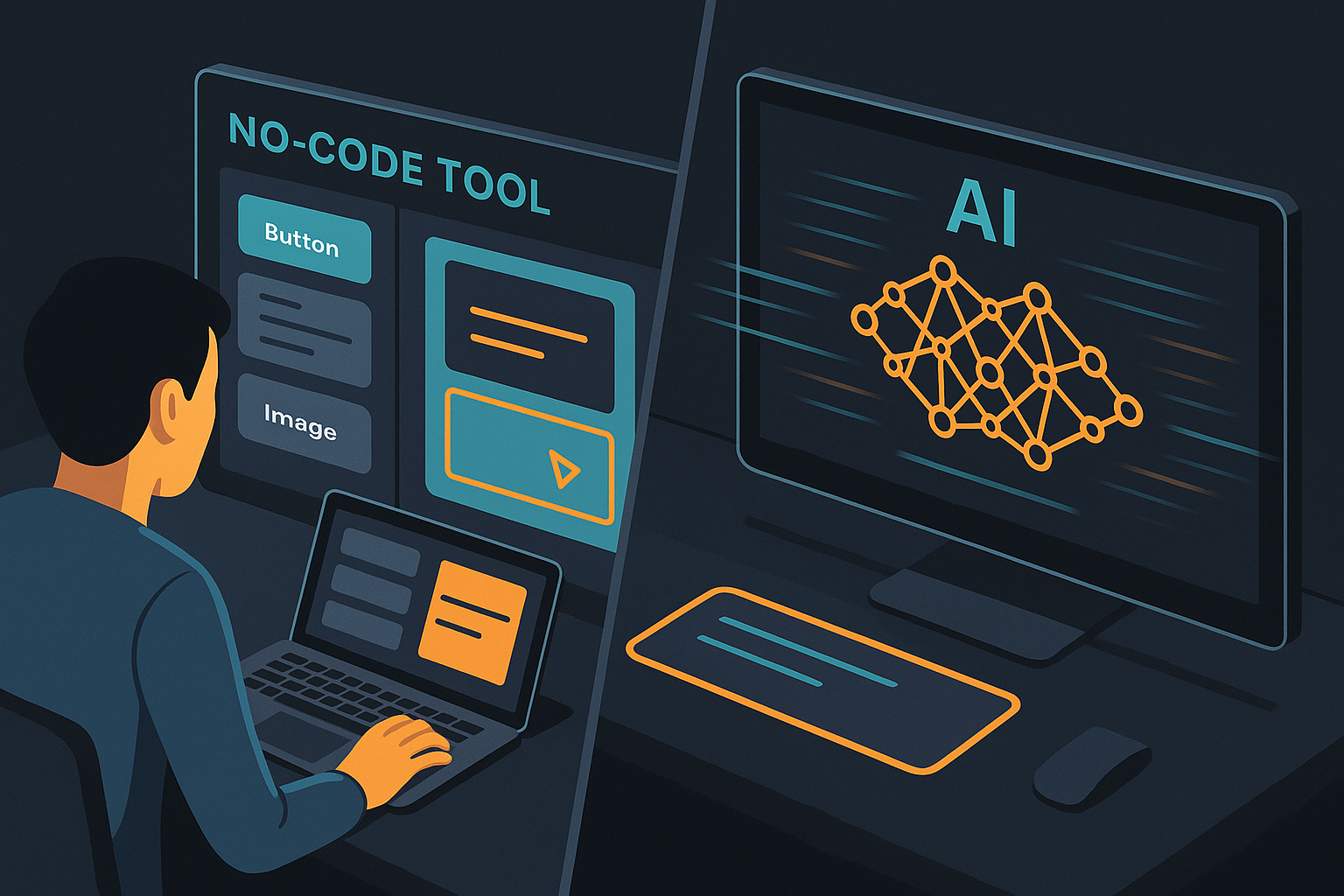
Fig. 2. Vibe Coding combines no-code tools and AI to create prototypes quickly
🧠 Section 2: What is Vibe Coding?
Vibe Coding is your shortcut to turning ideas into testable prototypes. It’s a mindset that prioritizes:
- Speed over perfection: Build something in days, not months
- Visual creativity: Drag-and-drop tools instead of complex code
- AI assistance: Let AI handle repetitive tasks (like generating code or designs)
Why Vibe Coding Works for AI Startups
AI products often rely on unique logic (like chatbots or recommendation engines). But you don’t need a polished app to test these ideas. With Vibe Coding, you can:
- Use pre-built templates for UIs
- Simulate AI logic using no-code workflows
- Deploy MVPs instantly
It’s perfect for solo founders, indie hackers, and anyone who wants to validate ideas before investing heavily.
Let’s explore the tools that make Vibe Coding possible.
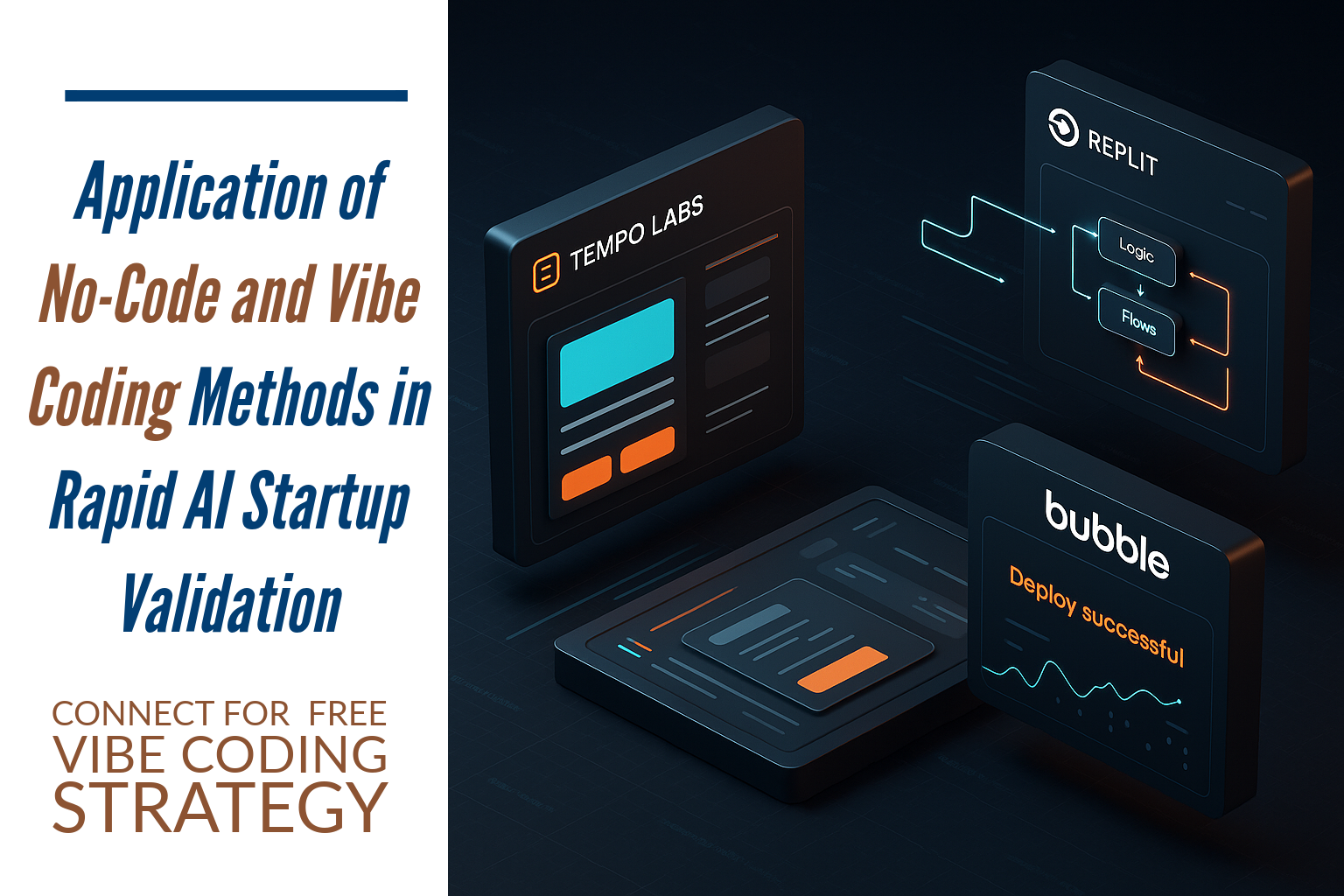
Fig. 3. Popular no-code tools for building AI MVPs
🧰 Section 3: Tools You Can Use to Build and Validate Fast
✅ Tempo Labs
What it is: An AI-assisted UI builder that turns text prompts into functional designs.
Use Case: Create a clickable prototype of your AI app.
How to use Tempo Labs for Vibe Coding:
- Sign up and choose a template (e.g., “Dashboard” or “Chat Interface”).
- Describe your idea: Type in a prompt like, “AI tool that generates Instagram captions.”
- Customize: Adjust colors, buttons, and layouts.
- Share: Send the live link to testers for feedback.
Pro Tip: Use Tempo’s AI-generated placeholder content to simulate real user interactions.
✅ Replit AI
What it is: A browser-based coding platform with an AI assistant (Ghostwriter).
Use Case: Add basic AI logic to your MVP.
How to use Replit AI for Vibe Coding:
- Create a new Replit project (e.g., Python or JavaScript).
- Ask Ghostwriter for help: Type, “Create a Python script that generates poem ideas.”
- Test the code: Run it directly in Replit.
- Deploy: Host the app and share the live link.
Example: Build a simple chatbot using Replit’s AI-generated code snippets.
✅ Bonus Tools for Speedy Validation
- Popsy: Build AI-powered landing pages in minutes.
- Tally: Create feedback forms and surveys.
- Bubble: Design apps with workflows (e.g., connect OpenAI API).
- Notion + Super.so: Turn Notion pages into websites.
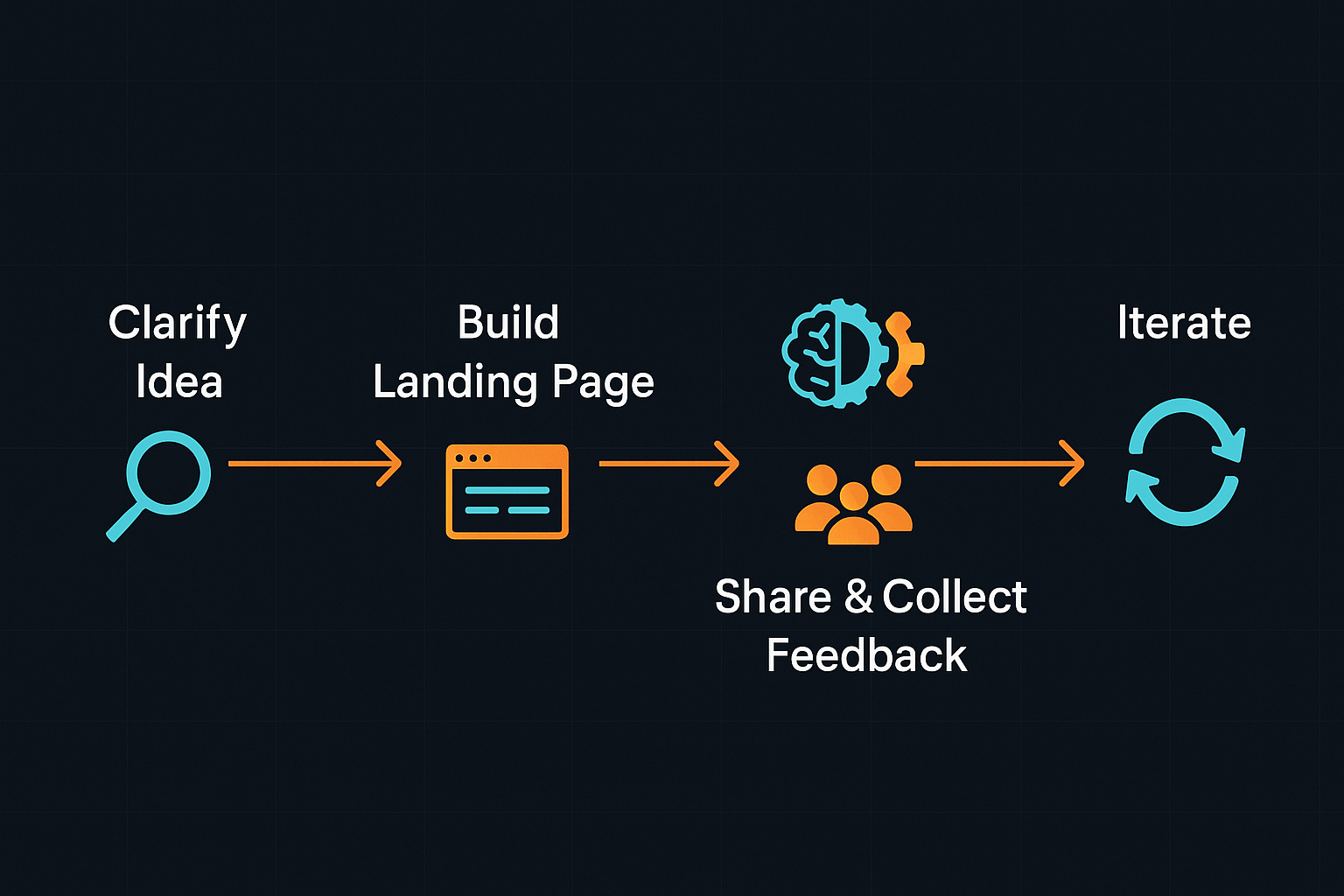
Fig. 4. The 5-step MVP validation process
📋 Section 4: Step-by-Step MVP Validation Process (Using These Tools)
Step 1: Clarify Your Core Idea
Use ChatGPT to refine your idea into one sentence:
“An AI tool that [does X] for [audience Y] to solve [problem Z].”
Example:
“An AI tool that creates personalized bedtime stories for parents with young kids.”
Step 2: Build a Landing Page
- Tool: Popsy or Tempo Labs
- Include:
- Headline (e.g., “AI-Generated Bedtime Stories in 10 Seconds”)
- Fake “demo” button (link to your MVP)
- Email signup or feedback form
Step 3: Add Basic AI Logic
- Tool: Replit AI
- Example: Code a simple script that takes a child’s name and interests → outputs a story.
Step 4: Share & Collect Feedback
- Post your MVP in:
- Reddit (r/startups, r/SideProject)
- Indie Hackers forums
- LinkedIn groups
Step 5: Iterate Ruthlessly
- Fix broken features
- Simplify confusing UI elements
- Add requested features (if easy)
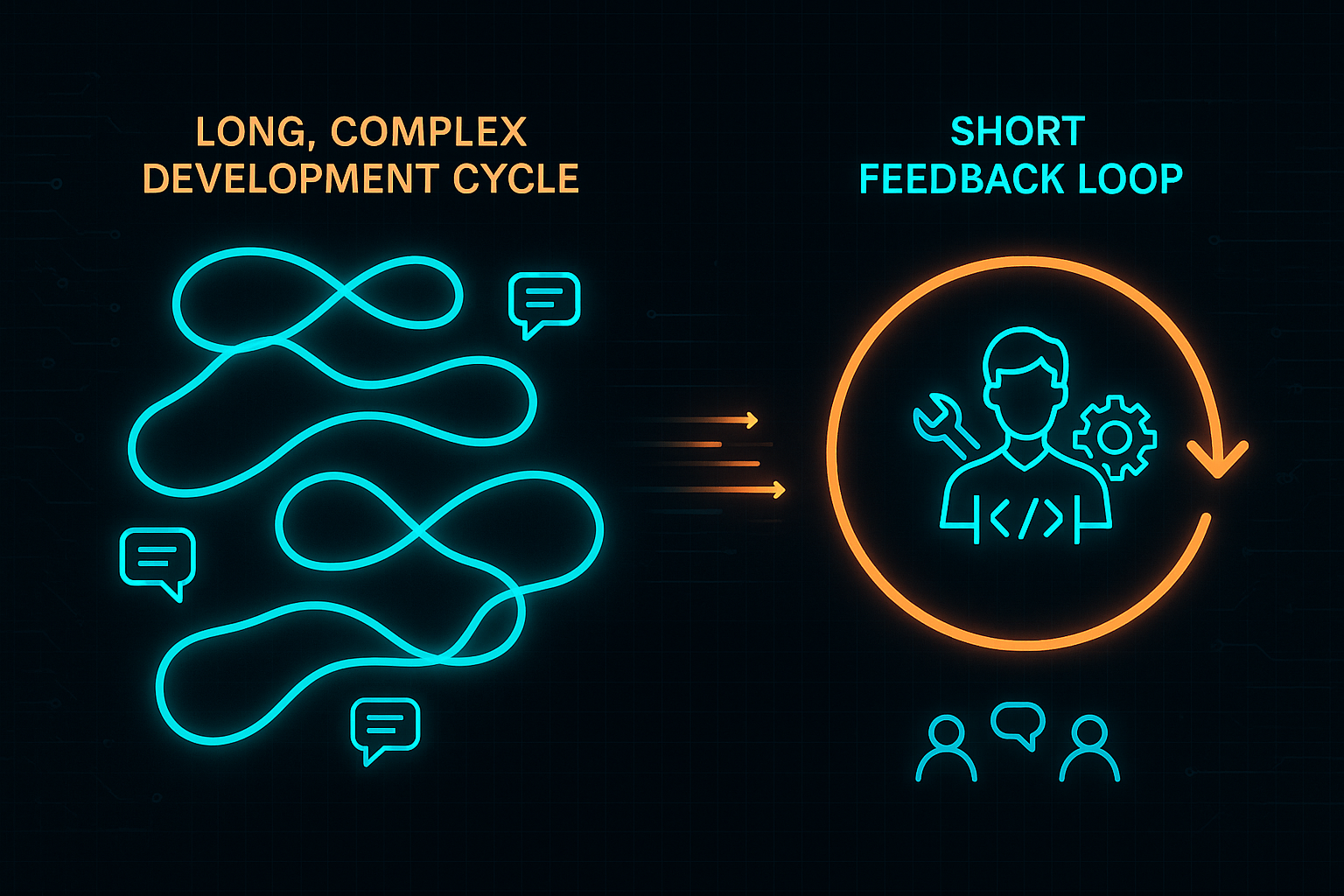
Fig. 5. Fast feedback loops help startups pivot quickly
🧲 Section 5: Why This Works – The Power of Fast Feedback Loops
Case Study: The Resume Builder That Almost Wasn’t
Sarah wanted to build an AI resume optimizer. Instead of coding for months, she:
- Built a landing page with Tempo Labs.
- Used Replit AI to create a script that improved resume bullet points.
- Shared it on LinkedIn and collected 200+ responses.
Result: Users loved the idea but wanted a Chrome extension. Sarah pivoted early, saving $20K+ in dev costs.
Key Takeaway:
Feedback loops help you fail fast, learn faster, and avoid wasting time.
Success Story
Sarah’s pivot to a Chrome extension resulted in 5,000+ downloads in the first month and $3,200 in revenue from the premium version. All because she validated before building!
🔗 Section 6: Useful Links & Resources
Comming Up Next…
Frequently Asked Questions
How long does it take to build an MVP with these tools?
Most founders can build a basic MVP in 1-3 days using tools like Tempo Labs and Replit AI. The key is keeping scope small and focusing on just the core functionality.
Do I need any coding experience?
No! That’s the beauty of Vibe Coding. The tools handle the technical aspects, and you can use AI assistants like ChatGPT to help with any configuration.
How much does this typically cost?
You can validate most ideas for under $50. Many tools offer free tiers that are perfect for MVPs, and you can upgrade only if your idea shows promise.
💬 Conclusion: You Don’t Need to Code to Be a Creator
Validation isn’t about perfection—it’s about progress. With Vibe Coding, you can test your AI idea in days, not months. Tools like Tempo Labs and Replit AI remove technical barriers, letting you focus on what matters: solving real problems.
Your Turn: Pick an idea, build a scrappy MVP this weekend, and share your journey online. The next big AI startup could be yours!


Pingback: No Code to Next.js: My Free AI-Powered Website Building Process (2025) - Smthing Creations
Pingback: Fullstack Website Built with 3 Powerful AI Tools - Smthing Creations